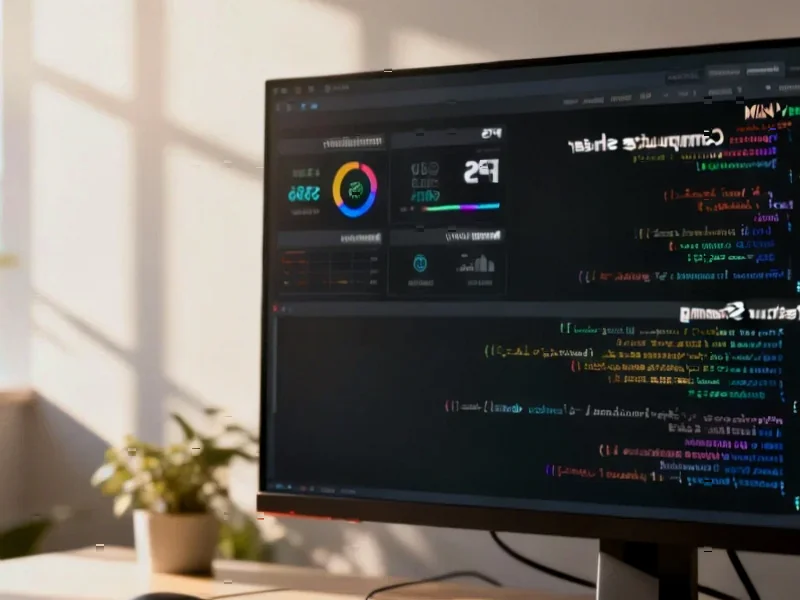According to Phoronix, AMD’s HIP-RT ray tracing technology has achieved stability for Blender 5.0 but will remain disabled by default until the Blender 5.1 release, while recent Windows driver changes affecting Radeon RX 5000 and 6000 series graphics cards will have no impact on Linux users. The publication notes that the decision to keep HIP-RT disabled by default in Blender 5.0 provides developers additional testing time before full implementation, ensuring broader compatibility and stability. This development comes as AMD continues to refine its ray tracing implementation for professional creative applications. These updates highlight the diverging development paths between Windows and Linux driver ecosystems.
Table of Contents
The Linux Driver Ecosystem’s Resilience
The Linux graphics driver landscape has evolved significantly different from Windows, with AMD’s open-source strategy creating a more stable long-term foundation. Unlike Windows drivers that often prioritize new features and gaming performance, Linux drivers focus on stability, enterprise use cases, and long-term maintenance. This fundamental difference explains why Linux users remain insulated from Windows driver changes that might affect older hardware. The AMDGPU driver in the Linux kernel receives continuous updates and backports, ensuring that even older AMD graphics cards maintain functionality without the disruptive changes sometimes seen in proprietary driver ecosystems.
HIP-RT’s Gradual Rollout Strategy
The cautious approach to enabling HIP-RT by default in Blender reflects a mature software development strategy that prioritizes stability over rapid feature deployment. By keeping the technology available but disabled in Blender 5.0, developers and early adopters can test HIP-RT in controlled environments while avoiding disruptions for production users. This phased rollout mirrors similar strategies used for major graphics API introductions like Vulkan ray tracing and demonstrates how complex rendering technologies require extensive real-world testing before becoming default options. The additional development cycle until Blender 5.1 provides crucial time for identifying edge cases and performance optimizations across diverse hardware configurations.
Broader Industry Context and Competitive Landscape
AMD’s position in the professional graphics and compute market faces intensifying competition from both NVIDIA’s established CUDA ecosystem and Intel’s growing Arc graphics portfolio. The maturation of HIP-RT represents AMD’s continued effort to close the ray tracing performance gap in professional applications, where NVIDIA has maintained leadership through OptiX. Meanwhile, the divergent driver strategies between operating systems highlight how hardware manufacturers must balance different user expectations across platforms. Linux users, particularly in research, development, and content creation environments, often prioritize stability and open standards over cutting-edge gaming features, creating a market segment with distinct requirements that AMD appears committed to serving.
Future Implications and Market Positioning
The stability of HIP-RT for Blender 5.0, even in disabled-by-default status, signals AMD’s growing maturity in professional graphics workloads. As noted by industry observer Michael Larabel, whose extensive coverage includes the Phoronix Test Suite for automated benchmarking, this development could position AMD more competitively in studios and production houses considering alternatives to NVIDIA’s dominance. The coming year will likely see increased adoption of HIP-RT as artists and developers gain confidence in its stability and performance characteristics. However, widespread adoption will depend not only on technical maturity but also on educational resources, plugin compatibility, and integration with established production pipelines that have been optimized for competing ray tracing solutions.



